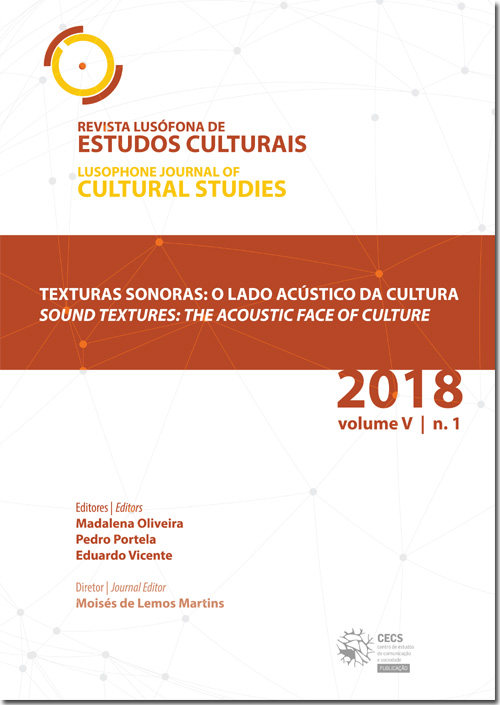Samba and jazz overseas: the textual urban landscape of Paris between the two World Wars with the arrival of the new music from America
DOI:
https://doi.org/10.21814/rlec.295Keywords:
Jazz, inter-war period, Lisbon, Paris, samba, textual urban landscapeAbstract
We present in this paper a postdoctoral research that aims to understand the representations-synthesis of Brazil and the USA in Europe through jazz, samba and dances originating from these musical genres. We supposed that they are related to the transformations that occurred in the urban textual landscape in the inter-war period. Transformations related to the soundscape, with popular music coming from other cultures; by the new social dances related to these songs practiced in the dances and transformed into spectacle at the music halls; by the new fashion, which allows the female body to dance freely; by the graphic arts and architecture that, under the influence of art deco, “simplify” the romantic art nouveau shapes. We believe that such musical genres can be considered as a mark of the Americas in Europe. So in this text, we will outline the arrival of the new musical genres of the Americas in Paris, observing the transformation in the texture of the urban textual landscapes of Paris from the materialities that make up this texture: Art Deco façades and the signs of the dancings that shelter new music from the Americas; the advertising posters of balls, dancings and music halls; the fashion possibly influenced by the new dances from America, and, finally, the jazz and samba songs composed between the two Worlds Wars that mention Paris.
Downloads
Downloads
Published
How to Cite
Issue
Section
License
Authors own the copyright, providing the journal with the right of first publication. The work is licensed under a Creative Commons - Atribuição 4.0 Internacional License.












